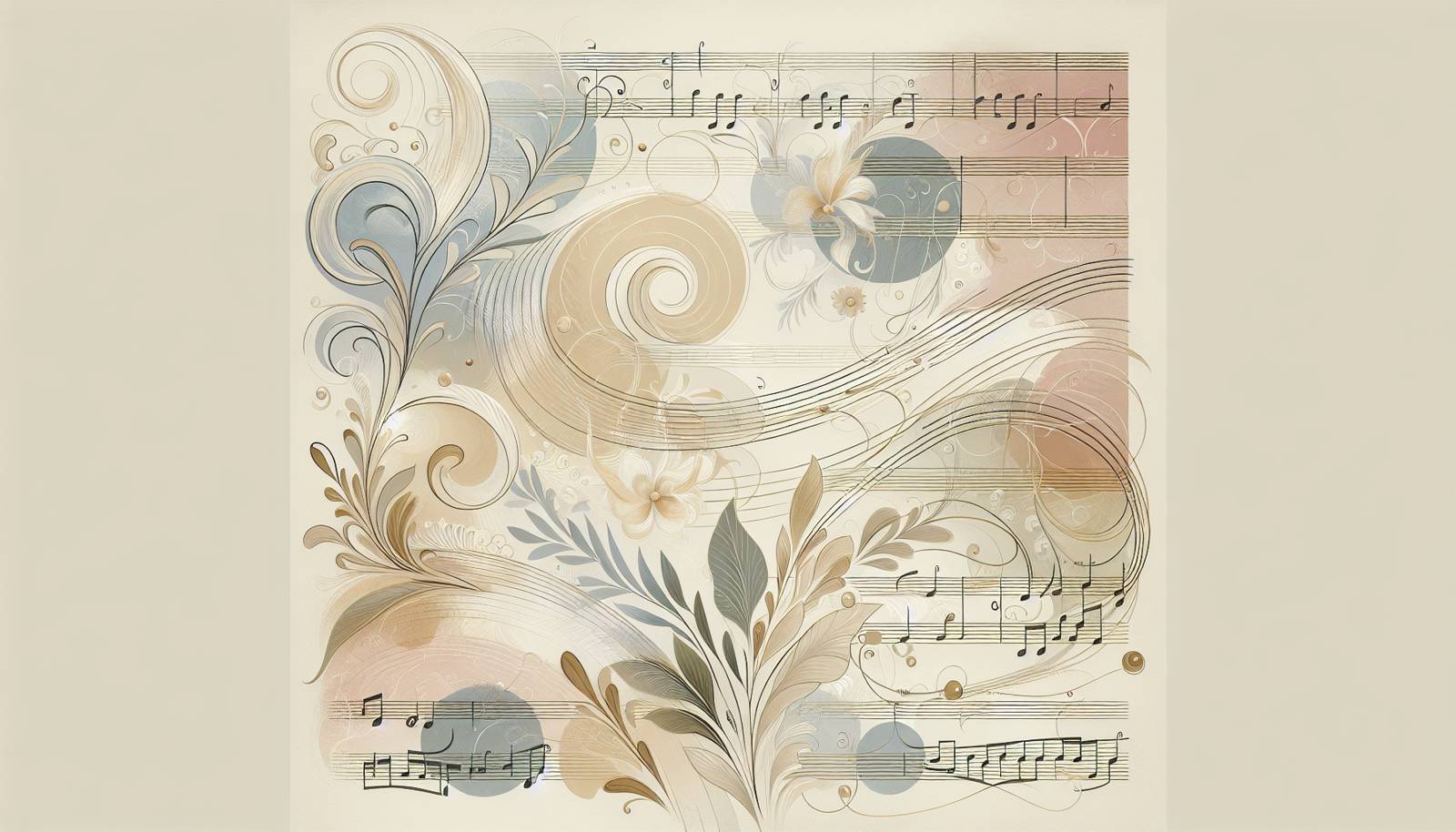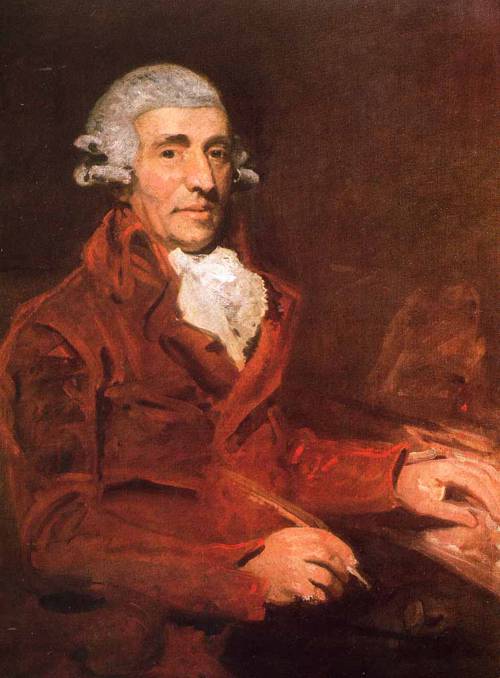
FAQ About Franz Joseph Haydn

Who was Franz Joseph Haydn?
Franz Joseph Haydn was an Austrian composer, known as one of the most influential figures of the Classical period in Western music. He played a crucial role in the development of chamber music and is often referred to as the 'Father of the Symphony' and 'Father of the String Quartet'. His work laid the foundation for future composers like Mozart and Beethoven.

What are some of Franz Joseph Haydn's most famous works?
Franz Joseph Haydn composed a vast number of works, but some of his most famous include the 'London Symphonies', 'The Creation' (an oratorio), and various string quartets like the 'Emperor Quartet'. His Symphony No. 94, known as the 'Surprise Symphony', is also particularly well-known for its sudden loud chord in the second movement.

Why is Haydn called the 'Father of the Symphony'?
Haydn earned the title 'Father of the Symphony' due to his pivotal role in developing the symphony as a musical form. He significantly expanded the structure and expression of symphonies, composing more than 100 of them and setting new standards for future composers. His innovative approaches in tempo, form, and orchestration were especially influential.

What was Haydn's relationship with Mozart?
Haydn and Wolfgang Amadeus Mozart had a close and mutually respectful relationship. Though Haydn was significantly older, the two composers admired each other's work. Haydn once remarked that Mozart was "the greatest composer known to me either in person or by name." This mutual admiration influenced some of their compositions.

How did Haydn influence Beethoven?
Joseph Haydn played a direct role in Beethoven's development as a composer. After moving to Vienna, Beethoven studied under Haydn, which helped shape his early compositions. Haydn's influence is evident in Beethoven's classical style, though Beethoven later developed a more romantic and powerful style diverging from Haydn's traditional techniques.

Where and when was Franz Joseph Haydn born?
Franz Joseph Haydn was born on March 31, 1732, in the village of Rohrau, Austria. This area was part of the Holy Roman Empire at the time.

What is Haydn's contribution to the development of chamber music?
Haydn is credited with developing the form of the string quartet, a vital part of chamber music. By composing around 68 string quartets, he solidified the structure and set an enduring standard for this genre. His work established a conversation-like quality between the instruments, which became a hallmark of chamber music.

Did Haydn compose any operas?
Yes, Franz Joseph Haydn composed a number of operas, though they are not as widely known as his symphonies or chamber music. Some of his notable operatic works include 'Armida', 'L'Infedeltà Delusa', and 'La Canterina'. These works were instrumental to the musical productions in the Esterházy court where Haydn was employed for much of his life.

What was Haydn's role at the Esterházy court?
Franz Joseph Haydn served as Kapellmeister (music director) at the Esterházy court, where he worked for nearly 30 years. In this role, he was responsible for a wide variety of duties, including composing music, conducting the orchestra, and managing musical performances. This position provided him with the stability and resources to experiment and develop his musical style.

How many symphonies did Haydn compose?
Franz Joseph Haydn composed 104 symphonies over his lifetime. These works are a cornerstone of the symphonic repertoire, showcasing his development of the form and his mastery of dynamic contrast and thematic development.

What is unique about Haydn's 'Surprise Symphony'?
Haydn's 'Surprise Symphony', officially known as Symphony No. 94, is famous for its unexpected loud chord occurring in the quiet second movement. This sudden burst of sound was reportedly intended to wake up any sleepy audience members and showcases Haydn's playful sense of humor and innovation in dynamics.

What impact did Haydn have on classical music?
Franz Joseph Haydn had a profound impact on classical music, pioneering the symphony and string quartet. His methods of developing themes and structured form influenced generations of composers. He also set high standards for musical craftsmanship and helped elevate instrumental music's status during the Classical period.

Why is Haydn considered a key figure in the Classical period?
Haydn is considered a key figure in the Classical period due to his innovations in form and style. He expanded musical structures such as the symphony and string quartet, instilling them with new expressive possibilities. His balanced phrasing, clear structures, and dialogic interplay between instruments characterize the Classical style.

What is Haydn's 'Farewell Symphony'?
Haydn's 'Farewell Symphony', or Symphony No. 45, is notable for its unusual ending where musicians leave the stage one by one until only two violins remain. This arrangement was Haydn's subtle protest to Prince Esterházy, requesting a return home from an extended stay at their summer palace.

How did Haydn's upbringing influence his music career?
Though born into a relatively humble family, Haydn's musical talent was evident early on. His parents supported his education, and he moved to Vienna to become a choirboy at St. Stephen's Cathedral. This early exposure to professional music-making and his disciplined training laid the groundwork for his future success as a composer.

What instruments did Haydn play?
Franz Joseph Haydn was proficient in several instruments, including the harpsichord and violin, which he played as part of his duties with the Esterházy orchestra. His knowledge and skill with these instruments enriched his compositional techniques, especially in keyboard and string works.

Is Haydn's music still performed today?
Yes, Haydn's music remains an integral part of the classical repertoire. His symphonies, string quartets, and choral works are regularly performed by orchestras and ensembles around the world, celebrating his legacy as a master of form and innovation.

What were some of Haydn's later works?
In his later years, Haydn composed several notable works, including 'The Creation', an oratorio that portrays the creation of the world, and 'The Seasons', another oratorio. These pieces reflect his deepening interest in choral music and his engagement with large-scale forms.

Where is Franz Joseph Haydn buried?
Franz Joseph Haydn was initially buried in Vienna. However, his remains were exhumed and relocated to the Bergkirche in Eisenstadt, Austria, at the Esterházy family's request. In an unusual narrative, his skull was kept separately for many years due to 19th-century interest in phrenology, but it was eventually reunited with his body.

Did Haydn have any famous students?
Among Haydn's most famous students was Ludwig van Beethoven, who studied under him for a short while. Though their relationship was sometimes strained, the instruction Haydn provided left a lasting impact on Beethoven’s early compositional style.
